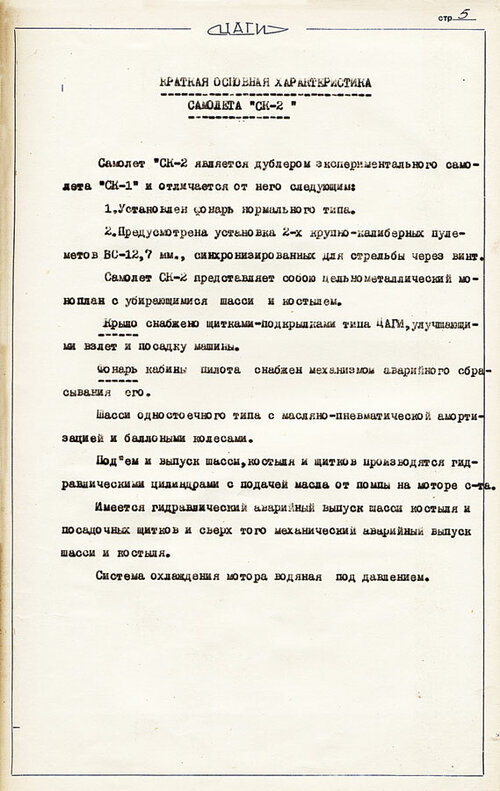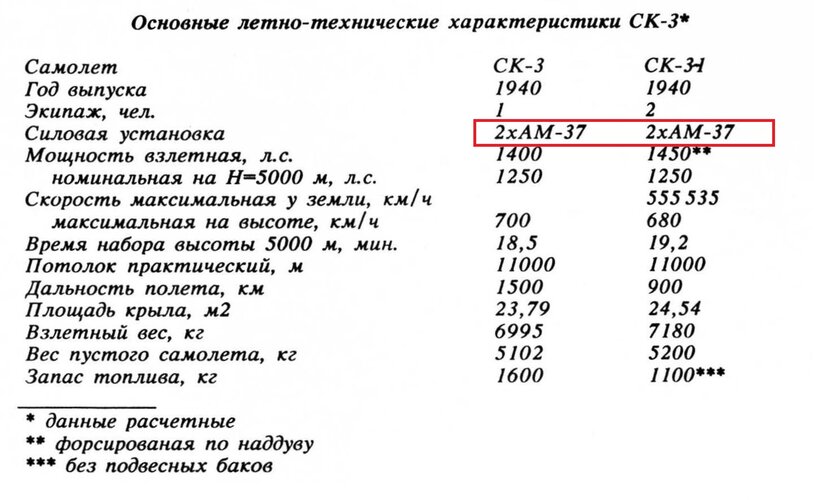- Joined
- 25 July 2007
- Messages
- 4,167
- Reaction score
- 3,835
Aircraft and Missiles of Matus Ruvimovich Bisnovat (1905-1977)
MR Bisnovat headed a research team at TsAGI (1938-1941) where he designed several fighter and high-speed research aircraft types. In 1941 he was assigned to help productionize the Lavochkin LaGG-3 fighter.
A 1942 encounter with rocket engine designer AG Kostikov brought Bisnovat to NII-1. Although Kostikov was credited as chief designer, it was Bisnovat who designed the airframe for the 302P rocket-propelled interceptor built by OKB-55. Between 1946 and 1948, Bisnovat designed another rocket-powered aircraft, Samolet 5, and its scale test model, Samolet 6, at OKB-5.
In 1948, Bisnovat became Director of OKB-293 at Khimki, Moscow. Here, he headed design teams working on the first Soviet guided air-to-air missile (SNARS-250) and a cruise missile (Shtorm). In 1953, Bisnovat was dismissed from OKB-293 as part of an anti-Semitic campaign.
Bisnovat's 'retirement' was short. By 1955 he was appointed Director of OKB-4 Molniya (Lightning) at Tushino outside Moscow. At OKB-4, the focus was on air-to-air missiles - resulting in what would become the R-8 (AA-3 'Anab'), R-40 (AA-6 'Acrid'), and R-73 (AA-11 'Archer') fighter armaments.
Under Bisnovat, OKB-4 had specialized in the development of heat-resistant ceramic-metal compounds, titanium alloys, and the like. In 1976, a year before his death, Bisnovat put that experience to work on 'Buran', the Soviet space shuttle.
_________________________________________________________
Bisnovat Aircraft Designations
Bisnovat's pre-1941 designs may be attributed to TsAGI but the SK series are usually referred to by the designer's name. The designation IS presumably stands for Istrebitel, Skorostnoy (high-speed fighter). [1]
SK stood for Skorostnoye Krylo (High-Speed wing). Note that 'SK-1' is a back formation from SK-2 and is more properly rendered simply as SK.
BTW: The IS and SK material posted by Hesham are originally from pg 54 of Lost victories of Soviet aviation by Maslov Mikhail (Moscow, Yauza-Eksmo, 2009, ISBN 978-5-699-32513-9).
Postwar Bisnovat-designed aircraft are designated just that - Samolet (Aircraft). So, properly, the 'Bisnovat 5' should be the Samolet 5. As the Samolet 5 was a technology demonstrator, each prototype had a number appended - eg: Samolet 5-2 for the second version flown.
The '5' in Samolet 5 might have referred to OKB-5 (run by Bisnovat) were there not a Samolet 6 design. So, these designations must indicate fifth and sixth designs emanating from Bisnovat. That leaves 'Samolet 4' missing.
It would be tempting to suggest that the Bisnovat-designed Kostikov 302 was the missing '4' in the designation series. Even if this were true, it still leaves a puzzle. Why was Bisnovat's 1939 IS fighter concept not given a numerical designation?
Anyone have any other Bisnovat's aircraft designs?
_______________________________
[1] IS is also seen as a designation for a Soviet escort fighter (Istrebitel Soprovojdeniya) so it is a minor mystery as to why Bisnovat's TsAGI concept was not designated 'SI' for 'Skorostnoy Istrebitel'.
NB: The fuselage-ducted radiator concept was the IS starting point. I'm not sure where the notion of a 'TsAGI IS-B' designation came from.
_________________________________________________________
MR Bisnovat headed a research team at TsAGI (1938-1941) where he designed several fighter and high-speed research aircraft types. In 1941 he was assigned to help productionize the Lavochkin LaGG-3 fighter.
A 1942 encounter with rocket engine designer AG Kostikov brought Bisnovat to NII-1. Although Kostikov was credited as chief designer, it was Bisnovat who designed the airframe for the 302P rocket-propelled interceptor built by OKB-55. Between 1946 and 1948, Bisnovat designed another rocket-powered aircraft, Samolet 5, and its scale test model, Samolet 6, at OKB-5.
In 1948, Bisnovat became Director of OKB-293 at Khimki, Moscow. Here, he headed design teams working on the first Soviet guided air-to-air missile (SNARS-250) and a cruise missile (Shtorm). In 1953, Bisnovat was dismissed from OKB-293 as part of an anti-Semitic campaign.
Bisnovat's 'retirement' was short. By 1955 he was appointed Director of OKB-4 Molniya (Lightning) at Tushino outside Moscow. At OKB-4, the focus was on air-to-air missiles - resulting in what would become the R-8 (AA-3 'Anab'), R-40 (AA-6 'Acrid'), and R-73 (AA-11 'Archer') fighter armaments.
Under Bisnovat, OKB-4 had specialized in the development of heat-resistant ceramic-metal compounds, titanium alloys, and the like. In 1976, a year before his death, Bisnovat put that experience to work on 'Buran', the Soviet space shuttle.
_________________________________________________________
Bisnovat Aircraft Designations
Bisnovat's pre-1941 designs may be attributed to TsAGI but the SK series are usually referred to by the designer's name. The designation IS presumably stands for Istrebitel, Skorostnoy (high-speed fighter). [1]
SK stood for Skorostnoye Krylo (High-Speed wing). Note that 'SK-1' is a back formation from SK-2 and is more properly rendered simply as SK.
BTW: The IS and SK material posted by Hesham are originally from pg 54 of Lost victories of Soviet aviation by Maslov Mikhail (Moscow, Yauza-Eksmo, 2009, ISBN 978-5-699-32513-9).
Postwar Bisnovat-designed aircraft are designated just that - Samolet (Aircraft). So, properly, the 'Bisnovat 5' should be the Samolet 5. As the Samolet 5 was a technology demonstrator, each prototype had a number appended - eg: Samolet 5-2 for the second version flown.
The '5' in Samolet 5 might have referred to OKB-5 (run by Bisnovat) were there not a Samolet 6 design. So, these designations must indicate fifth and sixth designs emanating from Bisnovat. That leaves 'Samolet 4' missing.
It would be tempting to suggest that the Bisnovat-designed Kostikov 302 was the missing '4' in the designation series. Even if this were true, it still leaves a puzzle. Why was Bisnovat's 1939 IS fighter concept not given a numerical designation?
Anyone have any other Bisnovat's aircraft designs?
_______________________________
[1] IS is also seen as a designation for a Soviet escort fighter (Istrebitel Soprovojdeniya) so it is a minor mystery as to why Bisnovat's TsAGI concept was not designated 'SI' for 'Skorostnoy Istrebitel'.
NB: The fuselage-ducted radiator concept was the IS starting point. I'm not sure where the notion of a 'TsAGI IS-B' designation came from.
_________________________________________________________



